Why Use Electroplated Diamond or CBN Tools?
Layering metal parts via electrolysis with special substances that improve their strength or appearance and protect parts from oxidation and corrosion is called electroplating. Typically less than .05 millimeters thick, coatings applied during the electroplating process are either metallic, diamond, or cubic boron nitride. Decorative objects such as jewelry or tableware are usually plated with silver or gold while steel and iron items are plated with zinc, chromium, nickel or tin. However, grinding tools require CBN (cubic boron nitride) or diamond coatings to optimize their functioning, provide better cutting action and deter rapid deterioration of tools.
Advantages of Electroplated Diamond Tools
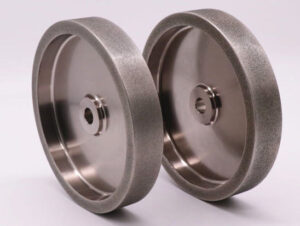
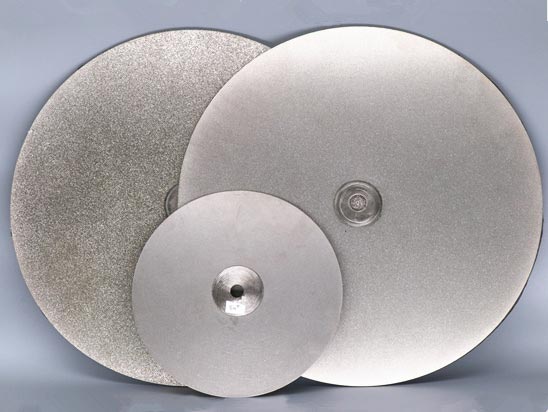
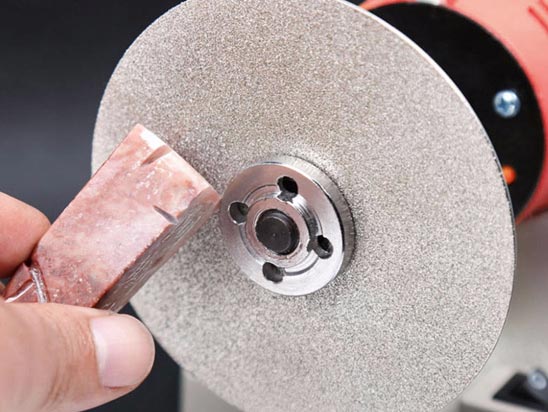
Tools sent through an electroplating process that coats them with a diamond layer cleaved by a tough nickel alloy retain their precise proportions and original structure throughout their working life. Unlike resin bond or metal bond diamond products involving diamond particles that have been cached in bond and joined together by embedded resin or metal binder, electroplating facilitates the protrusion of diamond fragments to extend beyond the bond matrix. This further provides electroplated diamond tools with the exceptional ability to cut freely and rapidly without generating excessive heat. Less heat generation means better grinding efficiency, reduced risk of cracks or burns on the workpiece’s surface and a significant decrease in equipment energy consumption.
Electroplated diamond tools are well-suited to process:
* Abrasive or hard non-metallic entities such as asphalt, stone, ceramics, concrete, semiconductor materials and glass.
* Non-ferrous metals (copper, aluminum and their alloys) and pliable but tough materials (resin and rubber, for example).
Since diamonds react with iron, cobalt, nickel, chromium and vanadium under elevated temperatures produced during grinding actions, diamond tools should not be used to process common steels and tough alloy steels. For work involving these materials, electroplated cubic boron nitride tools are recommended.
Advantages of Electroplated CBN (Cubic Boron Nitride) Tools
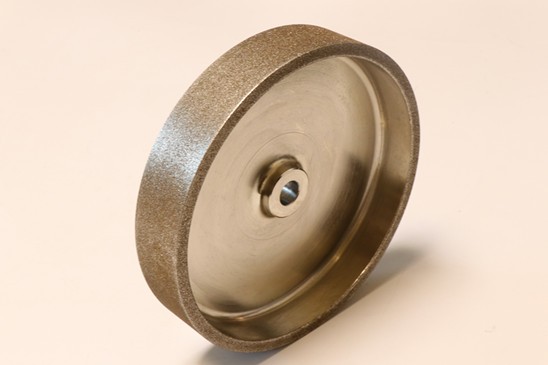
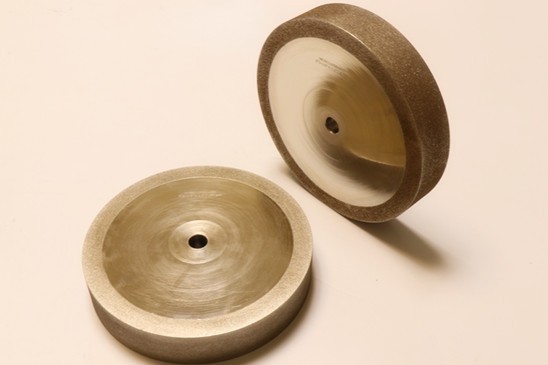
Considered the best technological advancement made for facilitating grinding of superalloy and hardened ferrous materials, cubic boron nitride is second to diamonds on the hardness scale and offers nearly five times the abrasion resistance afforded by traditional abrasives. Electroplated CBN tools also provide the following additional benefits not found in any other electroplated tools:
* Remarkable thermal conductivity and chemical resistance
* Enhanced surface integrity for grinding hardened cobalt-based superalloys as well as nickel and hardened alloy steels
* Eliminates the expense of post heat-treat grinding operations
* Produces polished surface finishes by providing taut dimensional management of tools to users
* Creates no bit-dulling grit
The ability to induce nanostructuring of carbon boron nitride has allowed engineers to further increase the hardness of CBN by incorporating the Hall-Petch Effect, which describes the “tendency for hardness to intensify as grain size is decreased”. In addition, carbon boron nitride’s chemical resistant and strong thermal stability properties make it well-suited to machine ferrous materials that cannot be machined by electroplated diamond tools.
